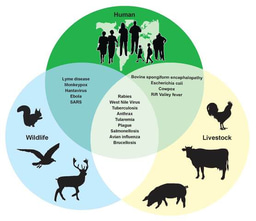Posted on behalf of Rosamund Daw (Senior Editor, Nature)
What technological innovations will form the car of the future? Carbon fibre composites are increasingly a viable option for the structural components of next-generation cars for improved energy efficiency, particularly as their use in the aerospace industry will undoubtedly bring manufacturing costs down. Energy storage devices such as capacitors and batteries will also be the order of the day.
Milo Shaffer and colleagues at Imperial College have recognised this as an opportunity for further energy savings. Both structural re-inforcement composites and electrochemical devices rely on the use of layered architectures. So why not combine the two and incorporate energy storage into the composites which provide strength and stiffness in the body of the car? This imaginative concept, potentially offering huge weight saving was presented in the ‘Applications of Hierarchical Materials’ session at the MRS [Hierarchical composite materials for structural energy; Shaffer, M., Qian, H., Houlle, M., Amadou, J., Bismarck, A., Greenhalgh, E.; Symposium G; 2011 Fall MRS]. I think it offers a refreshingly different angle on the vast research activity going on in energy storage.
Shaffer chose supercapacitor devices which cannot store as much energy as batteries but can quickly discharge; he envisages initial applications in load levelling, rather than providing a comprehensive mobile energy supply. His group approached the problem by modifying the traditional components of composites: carbon fibre laminates act as the electrodes and the epoxy matrix of the material forms the electrolyte. Glass fibre mats acted as insulator layers. The carbon fibre laminates were activated (made porous) to maximise surface area and an ionic liquid was incorporated into the epoxy to improve ionic conductivity. Carbon nanotubes deposited on the carbon fibres simultaneously increased the surface area for further charge storage capability and interlocked with the matrix to constrain buckling — frequently a problem with composites.
Early experiments have confirmed proof of principle. In fact the stiffness of the material is impressive despite the modifications: ‘as good as it gets’ says Shaffer. But there is still some way to go to improve mechanical strength and charge storage capability. Shaffer has partnered with Volvo in an FP7 programme entitled ‘StorAGE’ in which his team has been set the task of achieving 15% of a car’s weight reduction using these multifunctional composites. The first car component to be generated will be the wheel well.
These materials could presumably be more broadly used in smaller scale mobile applications such as laptops where weight and volume are at a premium.





Please sign in or register for FREE
If you are a registered user on Research Communities by Springer Nature, please sign in